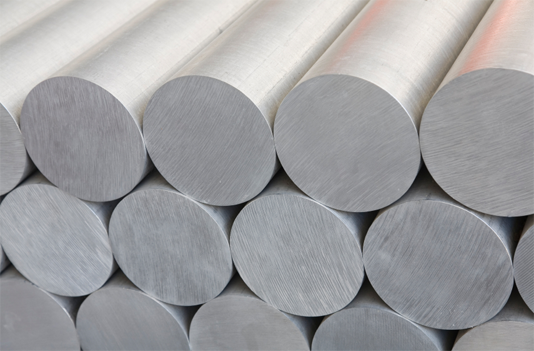In the 20th century, aluminum alloy has seen a meteoric rise in global use in both industrial and construction markets. In fact, aluminum is now the second most used metal alloy, behind iron, throughout the world due to its wide availability and durability. Where steel is ideal for use in certain industrial applications, aluminum represents a good balance between tensile strength and weight.
The Benefits and Properties of Aluminum
The following properties of aluminum make it an attractive alloy for use in manufacturing and building:
- Fabrication: Even though aluminum is similar to other metals like brass and steel, it can be usually be fabricated with the same equipment. This makes it a cost effective way for existing metal fabricators to add it to their manufacturing schedule. Companies like Lixil, for example, dedicate their fabrication processes to the production of aluminum for global export and domestic use in the industrial, building, and housing sectors. This gives them an ideal aluminum profile to meet the needs of surging global demand. Additionally, aluminum is especially ductile, which means that it can be easily melted down and formed into just about any product.
- Weight: As an alloy, aluminum can be modified to suit a specific purpose, but one of its advantages is that it is lighter in weight than steel. This makes it ideal for use in vehicles, for example, where decreased weight translates to greater fuel efficiency and lower overall costs.
- Resistant: Unlike some metals, aluminum is naturally anti-corrosive and produces an oxide layer that protects it from external elements. Additionally, it can be anodized, enameled or lacquered for even greater corrosion and chemical resistance. This makes it an ideal material for window frames, building frameworks and structures, engine parts, and other industrial applications where exposure to harsh external factors is common.
- Conductivity: Even though copper is often considered the most common and most efficient conductor of electricity, it is growing scarce and expensive. Aluminum, relative to its weight, is actually an excellent conductor of both heat and electricity. This makes it suitable for use in power line construction. Environmentally friendly: Due to the ductility of aluminum, it is highly recyclable and is easily melted and reformed into other products.
- Non-toxic: Unlike other metals, aluminum is non-toxic, odorless, impermeable to liquids and light, and finds great use in the hospitality industry as a packaging and heat insulator for food.
- Malleable: Just as it is highly ductile, it is also malleable and can be folded, bent, and reshaped quickly and easily.
An Ideal 21st Century Metal
Companies like Lixil recognize that aluminum is not only the second most used metal in the world, but is the metal of the 21st century. As sources of other metals and minerals fall into sharp decline, the resources necessary for the fabrication of aluminum make up eight percent of the earth’s crust. Given the availability of the raw material and the cost effective recyclability of the alloy, aluminum is well positioned to become the metal of the 21st century.





